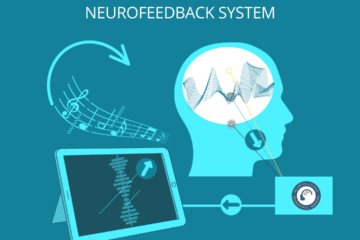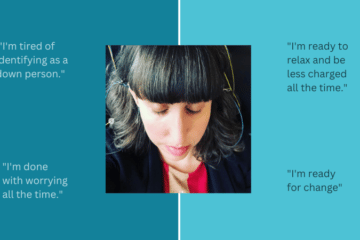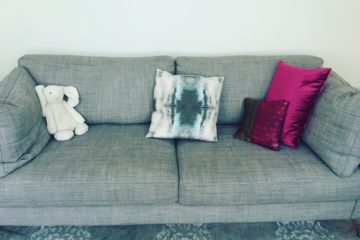Let’s be real. Life can get busy. Work, more work, family obligations, school, hobbies, and the list goes on and on. So how do we find balance? How can we make time and space to relax and gain perspective? Relaxation and perspective can help us see things clearly and even be the catalyst for change at times in our lives. In this article, NYC Therapist Alison Pepper explores this idea and have compiled a list of useful tools to help you relax.
3 Ways To Relax And Find Perspective
1) Nature
It can be hard to make or find the time to connect with nature, especially in bigger cities such as New York City or Los Angeles. But exposure to the outdoors can have positive and profound effects on one’s mind and body. As we become more and more connected to the internet via our electronic devices, what does that mean for our connection to nature? Journalist and child advocacy expert, Richard Louv argues that there is a divide between children and the outdoors. With his critically acclaimed books, the Last Child in the Woods, Nature Principal, and Vitamin N, he helped launch an international movement to connect children and their families to nature.
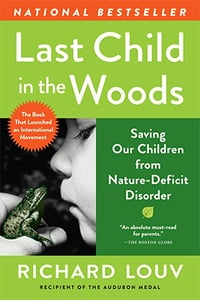 | 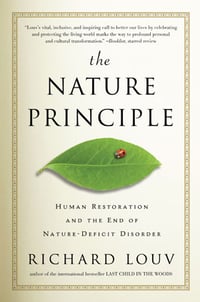 | 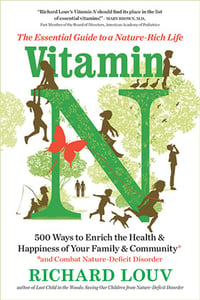 |
The author directly links the lack of nature in the lives of today’s wired generation—he calls it “nature-deficit”—to some of the most disturbing childhood trends, such as the rises in obesity, attention disorders, and depression.
The future will belong to the nature-smart—those individuals, families, businesses, and political leaders who develop a deeper understanding of the transformative power of the natural world and who balance the virtual with the real. The more high-tech we become, the more nature we need.”
— RICHARD LOUV

Being in nature allows us to get out of our head and into our body. It can build perspective because it reminds us how small we are and how big the world around us is. As the weather gets warmer and the days get longer we might feel a pull to be outside more. Looking at the ocean, walking in the woods, working in a garden, playing sports or engaging in physical activity outside are all great ways to engage with nature.
If getting some support around connecting to nature is something you’re interested in consider reading more about, read my blog post about Nature Therapy here.

2) New Friends And New Places
Another great way to gain perspective is to try new things! Making new friends is an opportunity to put yourself out there and stretch your usual habits and patterns. It’s also a chance to retell your story, think about who you are and who you want to be around your new friends. Going to new places can also shake up our routine. Maybe it’s a new restaurant or maybe travelling to a city or landscape you’ve never been to. Experiences that are new and different can help us gain perspective by seeing what else is out there, who else is out there, and how they live. It can be inspiring and invigorating. Keep in mind, whoever you meet or wherever you go, approach with curiosity!
3) Neurofeedback
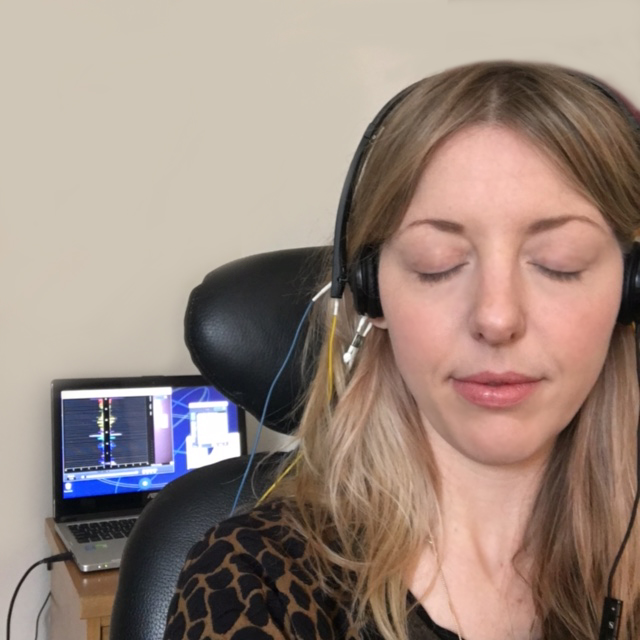
Reduce Your Stress With Neurofeedback Training!
Neurofeedback is an effective brain training method that teaches self-regulation and helps build resilience and flexibility. The system we use at our NY Therapy Group is called NeurOptimal Neurofeedback. It’s an advanced brain training technology developed 20 years ago by clinical psychologists. This kind of neurofeedback system is completely non-invasive neurofeedback technology that works by looking for turbulence in the brain, the software then provides auditory feedback that triggers what is called the orienting response (the orienting response is the brain’s ability to sense a change in the environment and take in new information about what is different)
When the brain is trained with NeurOptimal® clients may notice the following:
- Feeling calmer
- Increased mental clarity
- Dropping away of fears
- The more appropriate response to situations
- Feeling lighter and greater ease (improved mood)
- Increased motivation and ability to accomplish tasks
READ MORE: Who Can Benefit From Neurofeedback?
What To Expect When Training With NeurOptimal®
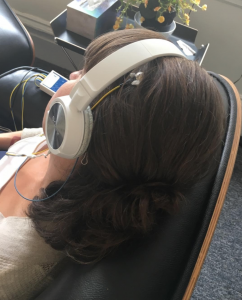
Before a session, the client fills out a Checklist of Concern form which keeps track of one’s progress. During a session, sensors are placed on the head and ears. The client sits in a comfortable chair and listens to audio feedback through a song. It’s very relaxing and no conscious effort from clients is needed, sleep is encouraged! How you will see the effects is different for everyone but most feedback we hear from clients is that they feel calmer, feel more focused, sleep better, and have an enhanced sense of their thought patterns and how they get stuck. Perspective and the ability to hold that perspective appears to be an experience of many who do this kind of neurofeedback training; especially those who train in combination with psychotherapy.
Watch our video below on what happens in a NeurOptimal neurofeedback session
“I find it amazing when a client comes in after one session and they can see the results in a very clear way. One of my clients referred to it as subtle, but noticed a distinct change in her stress and reactivity to negative situations”
Interested In Neurofeedback? Where To Start.
At our NYC Clinic, one can schedule a neurofeedback training session in conjunction with therapy, or use it as stand-alone training. For those outsides of NY, we have office locations in California, Oregon and Colorado, or one can also rent an advanced system and have it shipped directly to your home. The equipment available is fully automated and provides the same training as in-office sessions – it’s easy to use but is a more convenient and cost-effective way, especially for families or couples who want to train together.

